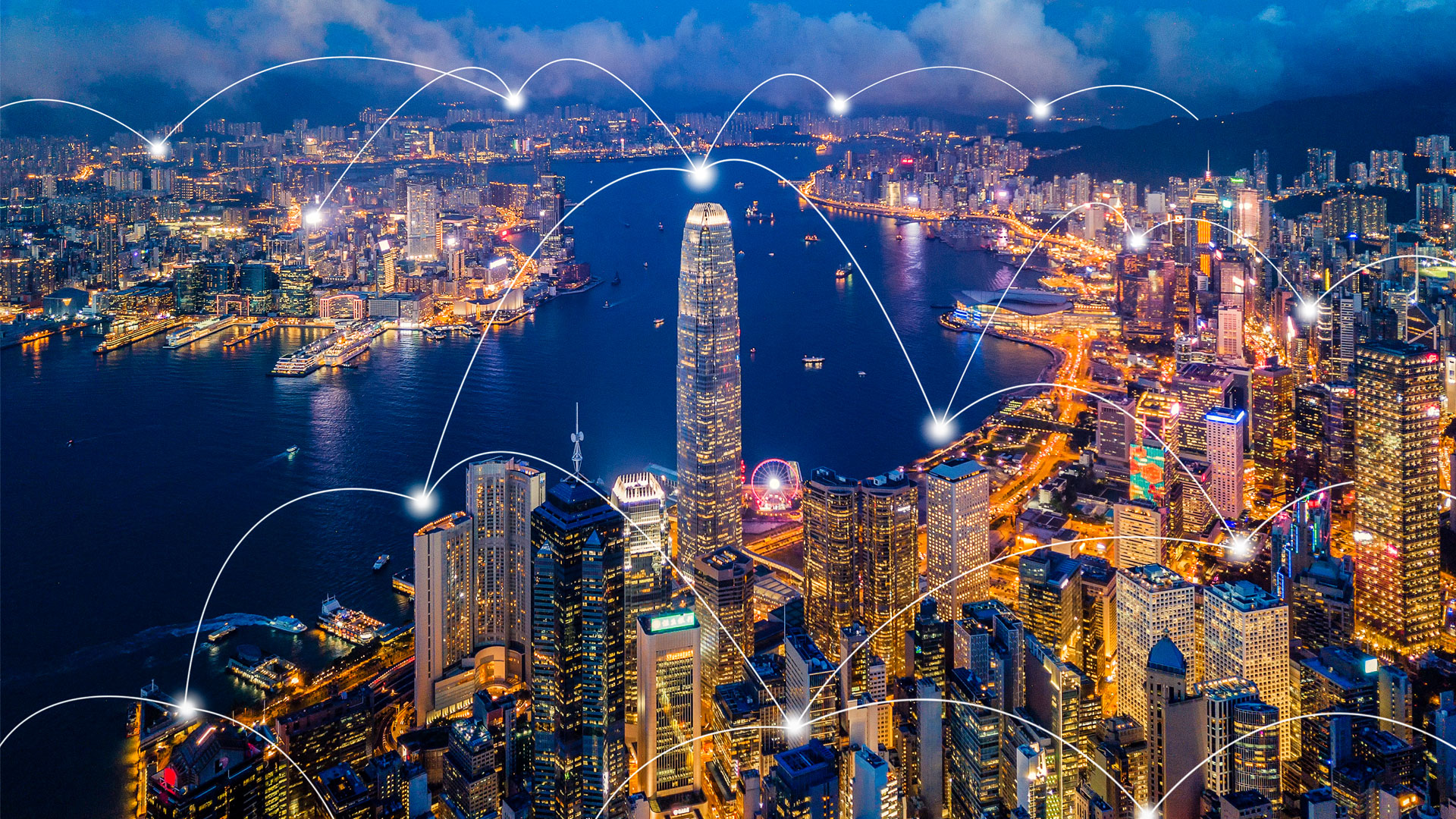
Faster internet speeds and enhanced connectivity are some of the drawcards of 5G network connections. As 5G becomes more widely available, the security risks associated increase as well. This post will help you understand 5G a bit better, explore how it compares to previous networks, understand the increase in security risks, and learn how you can take preventative measures to stay secure while enjoying a faster and better internet connection.
What is 5G?
In simple terms, 5G is the fifth generation of wireless cellular technology (an improvement on 4G, 3G, etc.), which is faster and provides a better connection than its predecessors.
5G Network Security
When it comes to 5G, it is a big leap ahead of the networks that came before it, offering speeds and connectivity not previously available. However, the faster and more complex the network, the higher the stakes for security. Security concerns stem from various sources, with some arising from the 5G network itself and others involving the devices connected to it. A key contributing factor to security concerns is the increase in devices connecting to the network with the growing Internet of Things (IoT) - which includes smart devices around the home and beyond including the software and other technologies that connect and exchange data with other devices and systems over the Internet.
Some of the problem areas with potential attacks include weak access controls and poor authentication methods which are easily preventable with the right security software and taking preventative action.
Read More:Steps to Protect Yourself against the Internet of Things
Comparing Security Risks: 3G vs. 4G vs. 5G
Security in 5G networks builds on the improvements made in the older 3G and 4G networks. While 4G improved on the security of 3G, 5G goes even further. The use of advanced encryption protocols, stronger authentication methods, and network slicing for better segmentation are a few key enhancements in 5G. But, with these upgrades come new issues, like more attack opportunities because of the sheer volume of devices connected and the potential exploitation of edge computing vulnerabilities.
Responsible Parties for 5G Security Standards
Setting security standards for 5G networks involves many stakeholders. International bodies like the International Telecommunication Union (ITU) and 3rd Generation Partnership Project (3GPP) play key roles in establishing global standards. On a national level, regulatory bodies and governments work with telecommunications companies to ensure compliance with security standards. Ultimately as an individual, there are measures you can take to ensure you can use 5G safely and securely.
Be proactive: How you can reduce your 5G Security risk
If you take the right security precautions you can enjoy the speed and connectivity of 5G without worry. By making use of protective software that offers robust authentication mechanisms, encryption protocols, and regular security audits. You can be secure on 5G with ESET Home Security Ultimate. This package includes unlimited VPN to prevent unwanted tracking and stay secure with an anonymous IP address. Unlimited bandwidth means safe and unlimited access to online content.
All ESET Home Security packages block unauthorised access to your Wi-Fi or webcam and monitor your kids’ online safety. Our Premium and Ultimate packages offer secure logins with Password Manager so that you can safely store and share your passwords across all devices using one master password. Military-grade encryption of sensitive data and photos including files, folders and USBs, allows for secure collaboration and data sharing.
Read More: What is Encryption and How Does it Work? An Easy-To-Understand Guide
The Future of 5G Security
As 5G networks evolve, so will the security alongside it. Ongoing research and development will identify and address emerging threats. Although many threats have been identified, security experts continually work to identify threats and fix vulnerabilities to minimise issues so that the average person can be informed and take preventative measures to be able to use 5G without major worry.